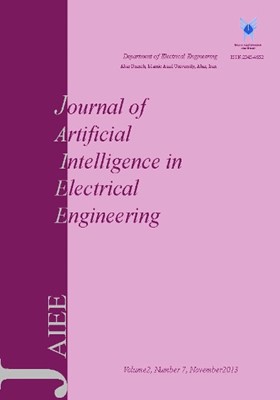-
-
List of Articles
-
Open Access Article
1 - Implementation of VlSI Based Image Compression Approach on Reconfigurable Computing System - A Survey
Shahin Shafei -
Open Access Article
2 - Reinforcement Learning Based PID Control of Wind Energy Conversion Systems
Mohammad Esmaeil akbari Noradin Ghadimi -
Open Access Article
3 - Training Set of Data Bin for Small Black Pixels Neighborhood Recognition of Each Boundary
Roya Abdollahi -
Open Access Article
4 - Fuel Cell Voltage Control for Load Variations Using Neural Networks
Zolekh Teadadi Hassan Changiziyan -
Open Access Article
5 - Load Frequency Control in Two Area Power System Using Sliding Mode Control
Milad Babakhani Qazijahan -
Open Access Article
6 - Neural Networks in Electric Load Forecasting:A Comprehensive Survey
Vahid Mansouri Mohammad Esmaeil akbari
-
The rights to this website are owned by the Raimag Press Management System.
Copyright © 2021-2025







